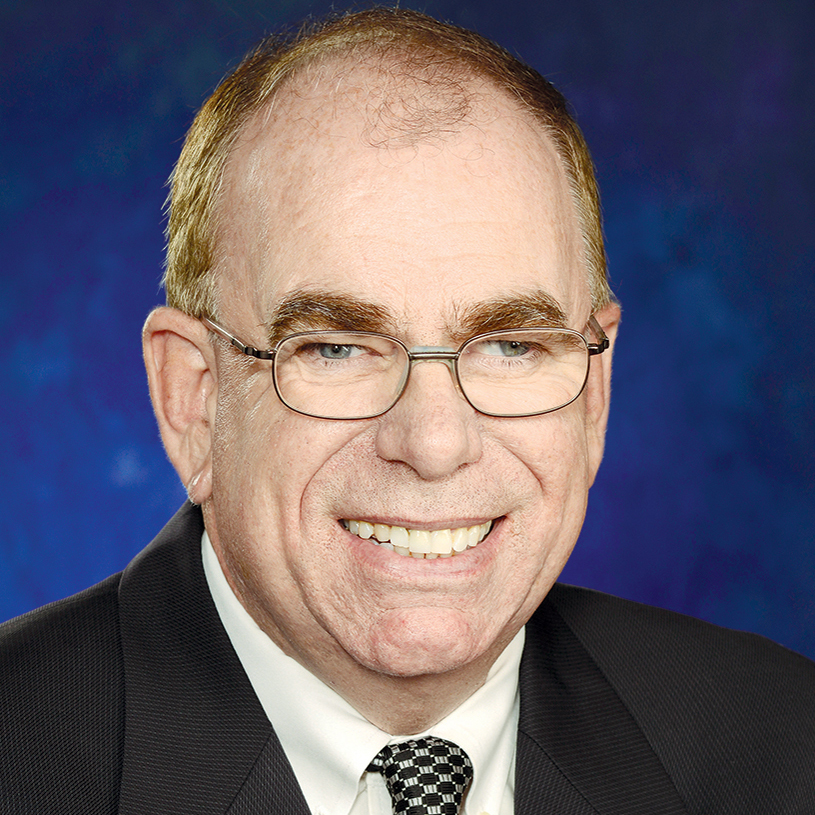

Most senior living operators have heard about the boy who cried wolf.
For the benefit of the remaining one percent, the fable involves a shepherd boy who gets his kicks warning villagers — wrongly — that a wolf is attacking his sheep. As one might expect, the locals eventually tire of the false alarms. You can guess what happens when a ravenous wolf actually arrives.
Spoiler alert: The results don’t go well for the lad’s flock.
We have been experiencing a somewhat similar phenomenon in senior living. Except that the “wolf” in this instance is an Alzheimer’s cure.
For the past few decades, thousands of scientists, medical writers and others have played the role of the shepherd boy: repeatedly touting new chemical concoctions that appear to treat amyloid plaque much as wolves treat unprotected lambs.
But in pretty much every instance, the early optimism eventually faded. The fact is, there is no medication on the market that can cure the dreaded disease. In a controversial move, the FDA did approve aducanumab (marketed as Aduhelm) as a limited remedy last year, to what might be best described as very mixed reviews.
So it was hardly a surprise when test results from a new drug named lecanemab were revealed, the general reaction was along the lines of “meh.” Still, might things be different this time?
After all, the medication did slow the rate of cognitive decline by more than a quarter (27%) in early-stage patients. That’s according to phase 3 clinical results appearing in the New England Journal of Medicine. Such success makes it the first drug to produce positive trial outcomes.
“Today’s results [are] welcome news for the millions of patients and families living with Alzheimer’s,” said Howard Fillit, MD, co-founder and chief science officer at the Alzheimer’s Drug Discovery Foundation. “But this is only a start to stopping Alzheimer’s in its tracks.”
Dr. Fillit added there remains a pressing need to develop a new generation of drugs targeting all aspects of the biology of aging that can be combined to address the full array of underlying pathologies contributing to the disease.
That’s the good news and the bad news. Yes, this week’s revelation is a hopeful sign. But even under the best possible scenario, much work remains.
And until an actual cure is found, don’t believe everything you hear.
John O’Connor is editorial director for McKnight’s Senior Living and its sister media brands, McKnight’s Long-Term Care News, which focuses on skilled nursing, and McKnight’s Home Care. Read more of his columns here.

